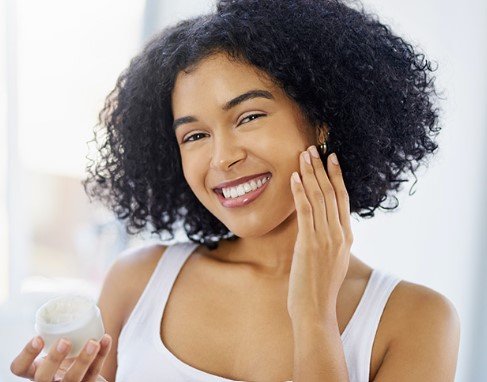Enhancing Engagement with Skincare Promo Emails: Strategies and Best Practices
Summary
- Skincare promo emails have an average click-through rate of 2.94%, higher than the overall average rate of 2.69% for all industries.
- Consumers have shown increasing interest in Skincare Products, leading to higher engagement rates with promotional emails in this industry.
- Educational content and personalized offers are key factors in driving engagement with skincare promo emails.
Introduction
Skincare is an essential aspect of self-care for many individuals, with the global skincare market estimated to reach $189.3 billion by 2025. As more people prioritize skincare in their daily routines, promotional emails have become a popular marketing tool for skincare brands to reach their target audience. In this article, we will explore the average click-through rates for skincare promo emails compared to other industries and discuss strategies for enhancing engagement with skincare email campaigns.
Average Click-Through Rates for Skincare Promo Emails
According to a survey conducted by Mailchimp, skincare promo emails have an average click-through rate of 2.94%. This rate is higher than the overall average click-through rate of 2.69% for all industries, indicating a higher level of engagement with skincare promotional emails. The skincare industry's focus on delivering personalized content and appealing visuals has contributed to this higher engagement rate.
Factors Driving Engagement with Skincare Promo Emails
Several factors contribute to the increased engagement with skincare promo emails. One key factor is the growing interest in Skincare Products among consumers. With the rise of social media influencers and beauty bloggers promoting skincare routines, consumers are more inclined to open and engage with skincare promotional emails to stay up-to-date on the latest trends and products.
Another factor driving engagement is the educational content often included in skincare promo emails. Skincare brands frequently provide information on skincare routines, ingredients, and product benefits to educate their audience and build trust. Consumers appreciate this valuable content and are more likely to click through to learn more about the products being promoted.
Personalization is also a crucial strategy for driving engagement with skincare promo emails. By segmenting their email lists based on consumer preferences, purchase history, or demographic information, skincare brands can tailor their promotional emails to offer personalized product recommendations and special offers. This personalized approach has been shown to significantly increase click-through rates and conversions in the skincare industry.
Best Practices for Skincare Email Campaigns
To enhance engagement with skincare promo emails, brands can implement the following best practices:
- Create visually appealing designs that showcase the Skincare Products effectively.
- Include educational content that highlights the benefits of the products and provides skincare tips.
- Personalize email content based on consumer data to offer targeted recommendations and offers.
- Use clear calls-to-action to encourage recipients to click through to the brand's website.
- Optimize emails for mobile devices to ensure a seamless user experience for smartphone users.
Conclusion
In conclusion, skincare promo emails have an above-average click-through rate compared to other industries, reflecting the growing interest in Skincare Products and the effectiveness of personalized content and offers. By leveraging educational content, personalization, and visually appealing designs, skincare brands can enhance engagement with their email campaigns and drive conversions. As the skincare market continues to expand, email marketing will remain a valuable tool for reaching and engaging with consumers in the industry.

Disclaimer: The content provided on this blog is for informational purposes only, reflecting the personal opinions and insights of the author(s) on the topics. The information provided should not be used for diagnosing or treating a health problem or disease, and those seeking personal medical advice should consult with a licensed physician. Always seek the advice of your doctor or other qualified health provider regarding a medical condition. Never disregard professional medical advice or delay in seeking it because of something you have read on this website. If you think you may have a medical emergency, call 911 or go to the nearest emergency room immediately. No physician-patient relationship is created by this web site or its use. No contributors to this web site make any representations, express or implied, with respect to the information provided herein or to its use. While we strive to share accurate and up-to-date information, we cannot guarantee the completeness, reliability, or accuracy of the content. The blog may also include links to external websites and resources for the convenience of our readers. Please note that linking to other sites does not imply endorsement of their content, practices, or services by us. Readers should use their discretion and judgment while exploring any external links and resources mentioned on this blog. Content in this blog is copyright protected, please do not repost or embed content without prior written permission.